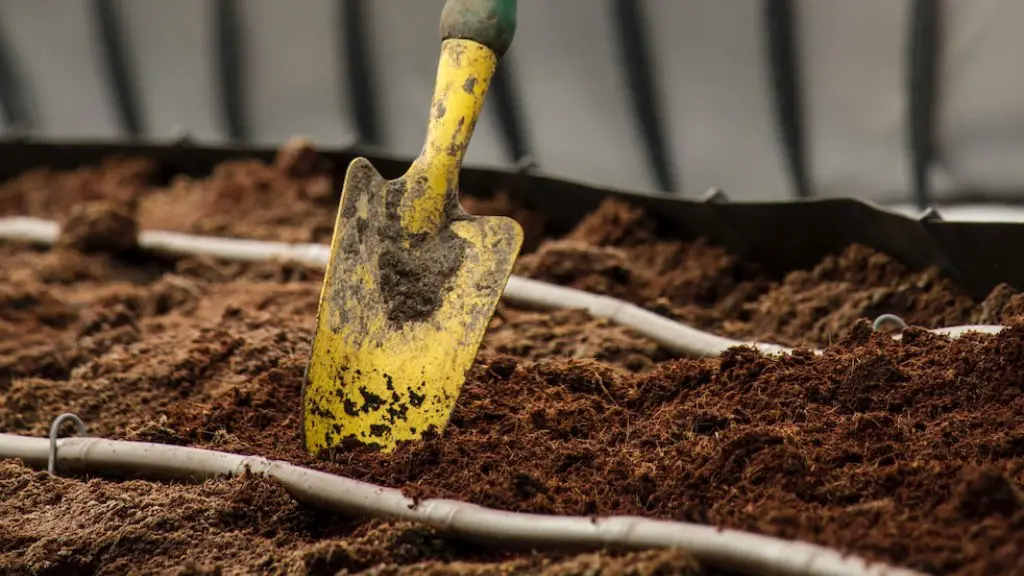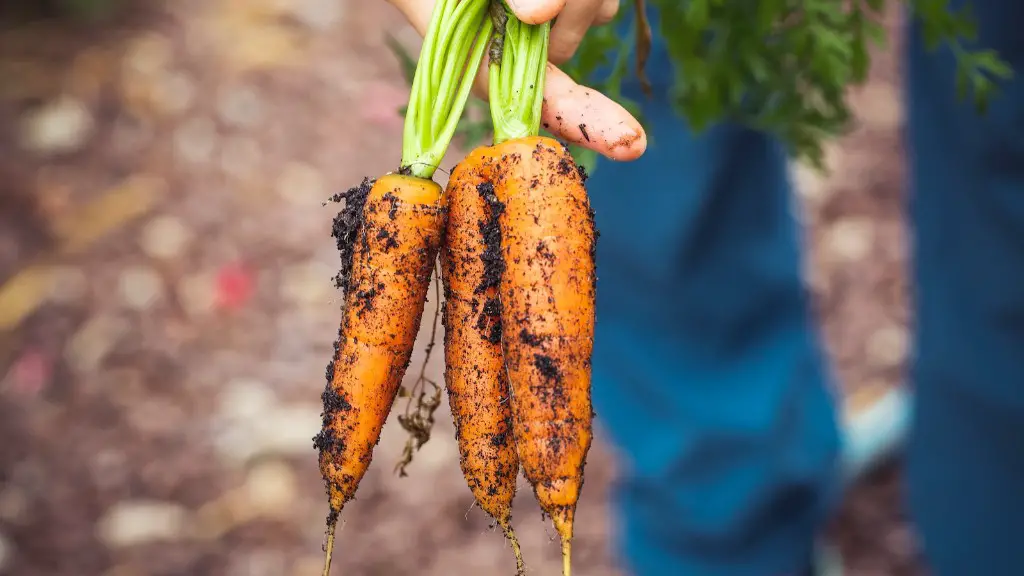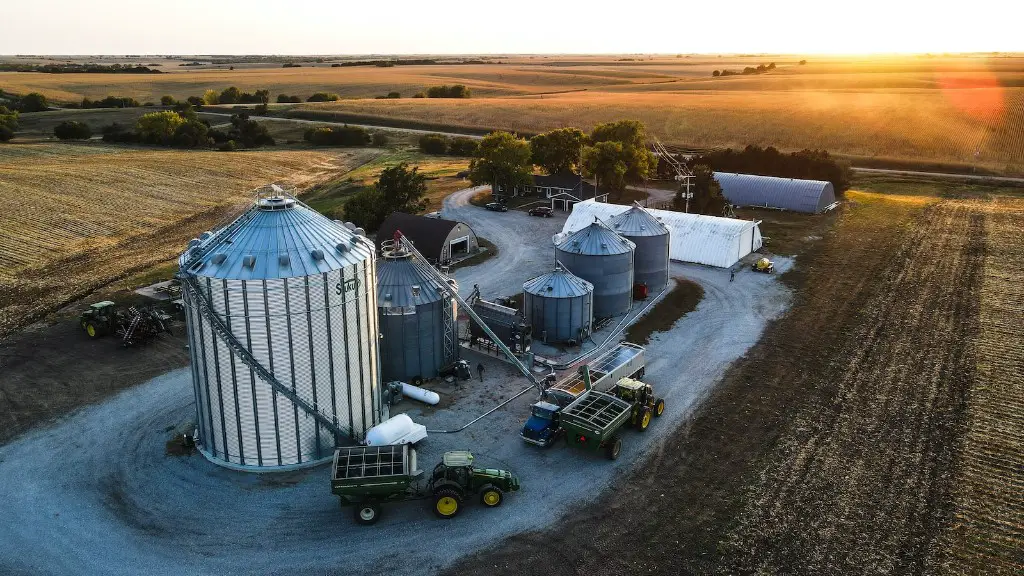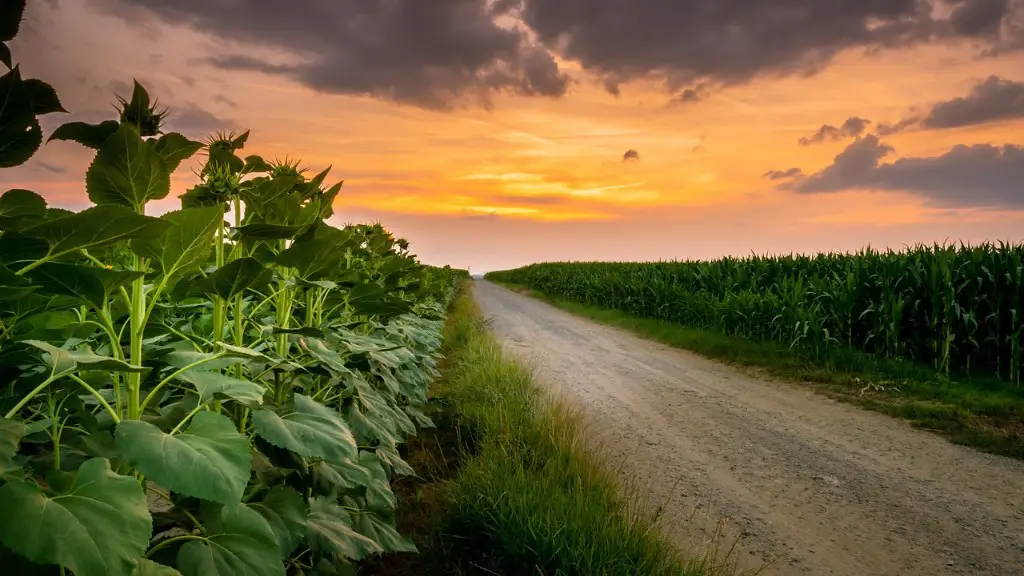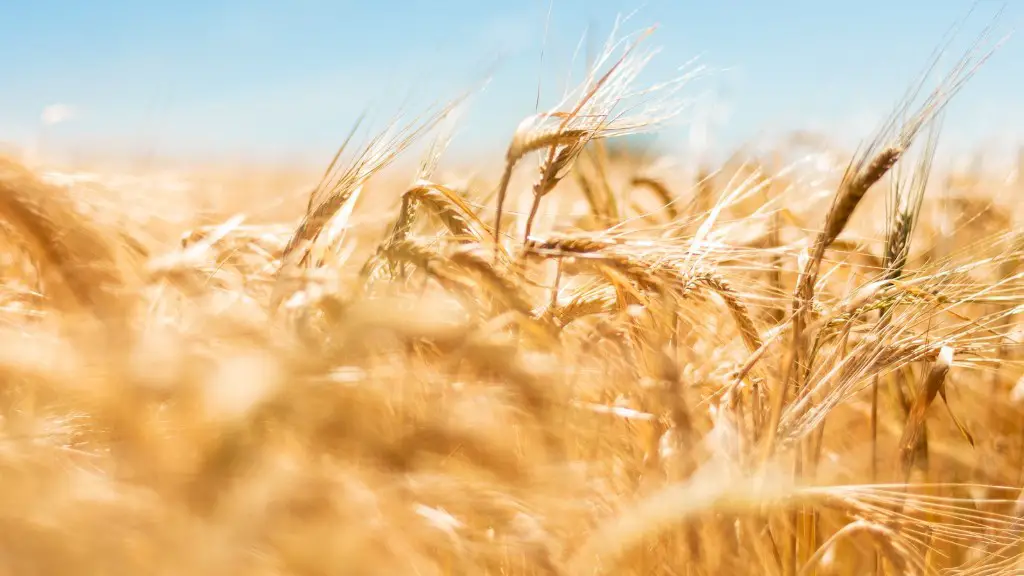E-agriculture is the term used for the digitization of the agricultural sector. This includes the use of information and communication technologies (ICTs) in the agricultural value chain, from production to consumption. E-agriculture covers a wide range of activities, including precision farming, e-extension, e-apiculture, e-agroforestry, e-cooperative, e-marketing and e-trading of agricultural products.
E-agriculture is the use of information and communication technologies (ICT) in the agricultural sector. E-agriculture includes the use of ICT for agricultural information, communication, marketing, education and extension, and for monitoring and managing agricultural production systems.
What is the definition of electronic agriculture?
E-agriculture is a field of agriculture that uses electronic devices and information technology in order to increase the efficiency and productivity of the agricultural sector. It is a global community of practice where people from all over the world exchange information, ideas, and resources related to the use of information and communication technologies for sustainable agriculture and rural development.
Agriculture is vital for the world’s food supply and economy. It is the art and science of cultivating the land to grow crops and raise livestock. Agriculture includes the preparation of plant and animal products for people to use and their distribution to markets. Agriculture is a major contributor to the world’s economy and provides most of the world’s food and fabrics.
What is digital Agritech
Digital agriculture is the present and future of the agricultural industry. With digital farming solutions, farmers are able to increase efficiency and productivity, while also becoming more resilient to the challenges of a changing climate. Additionally, digital agriculture is also benefiting the supply chain by providing information that can improve decision-making and coordination between different actors. Finally, digital agriculture is also providing valuable insights to customers, allowing them to make more informed choices about the products they purchase.
The term smart agriculture refers to the usage of advanced technologies on your farm with the ultimate goal of increasing crop quality and quantity while optimizing human labor. Smart agriculture technologies can include the Internet of Things, sensors, location systems, robots, and artificial intelligence. By using these technologies, farmers can improve their efficiency and productivity while reducing costs.
What is the goal of e-agriculture?
The aim of this policy is to boost agricultural and rural development by improving access to valuable information that can help agricultural stakeholders to make the best possible decisions and use the resources available in the most productive and sustainable manner. This policy will help to increase productivity and incomes, while ensuring that natural resources are used in a sustainable way.
The use of precision agriculture technology can help Indian farmers to optimize the use of inputs such as water, seeds, and fertilizers. However, the problem is that Indian farmers cannot afford this technology and unless the government provides support for agricultural infrastructure, the same remains a dream only.
What are 4 types of agriculture?
Shifting cultivation is a type of agriculture where farmers move their crops from one area to another. This is usually done every few years, in order to allow the land to recover.
Subsistence farming is a type of agriculture where farmers only grow enough food to feed themselves and their families. There is usually no surplus.
Pastoralism is a type of agriculture that involves raising livestock. This can be done for meat, milk, or other products.
Intensive farming is a type of agriculture that uses large amounts of inputs, such as fertilizer and water, to produce large crops.
Crops play an important role in agriculture and provide many benefits to farmers. They help to improve the quality of the soil, provide food for animals and humans, and can be used to make products such as clothing and paper. There are many different types of crops, and each has its own unique characteristics. For example, wheat is a type of crop that is used to make bread, while cotton is a type of crop that is used to make fabric.
What are the 7 types of agriculture
Farming refers to the cultivation of crops and rearing of animals for their products. It is an important part of agriculture. Farming is of different types and it depends on the scale of production, purpose of production and the region where it is practised. The main types of farming are subsistence farming, commercial farming, plantation farming, dairy farming, mixed farming and grain farming.
subsistence farming: Primitive subsistence farming is the type of farming where the farmer produces only enough food for himself and his family. There is no surplus production. Intensive subsistence farming is a type of subsistence farming where the farmers produce more than enough food for themselves and their families. They use more land and inputs such as fertilizer and labour to produce more food.
commercial farming: Commercial farming is undertaken with the main purpose of earning profit. The farmers produce crops and rear animals for sale in the market. They use modern techniques of production and inputs such as chemical fertilizer, pesticides and herbicides.
plantation farming: Plantation farming is a type of commercial farming where crops are grown for sale in the international market. The main crops grown in plantations are coffee, tea, rubber, sugarcane, tobacco, etc. The crops are grown in large tracts of land using modern
1. GIS software and GPS agriculture:
GIS software and GPS systems are becoming increasingly important in agriculture. By using these technologies, farmers can more accurately map their fields and track the progress of their crops.
2. Satellite imagery:
Satellite imagery is a valuable tool for farmers. It can be used to monitor crop growth, detect early signs of disease, and track changes in soil moisture levels.
3. Drone and other aerial imagery:
Drones are becoming a popular tool for farmers. They can be used to take high-resolution photos and videos of fields, which can be used to assess crop health and growth. Other aerial imagery, such as thermal imaging, can also be used to detect problems with crops.
4. Farming software and online data:
Farming software is becoming more popular as it can help farmers to better manage their operations. Online data can also be used to help farmers track trends in crop prices, weather, and market conditions.
5. Merging datasets:
Merging datasets is a powerful way to gain insights into agriculture. By combining data from different sources, farmers can get a more comprehensive view of their fields and crops.
What are 3 examples of technology used in agricultural areas?
Agriculture is one of the oldest and most important industries in the world, and as such, it has undergone a great deal of evolution over time. In recent years, however, the industry has seen a number of significant changes, thanks in large part to advances in technology. Here are seven of the most important emerging technologies in agriculture:
1. Soil and water sensors: These sensors can help farmers to monitor conditions in their fields in real-time, and make adjustments to irrigation and other practices accordingly.
2. Weather tracking: By tracking weather patterns, farmers can be better prepared for extreme weather events, and make decisions about when to plant and harvest their crops.
3. Satellite imaging: Satellite imaging can be used to detect crop stress, assess soil moisture levels, and track the spread of pests and diseases.
4. Pervasive automation: Automation is increasingly being used in agriculture, from robotic milking machines to automated planting and harvesting systems.
5. Minichromosomal technology: This technology can be used to create plants with desirable traits, such as increased disease resistance or higher yields.
6. RFID technology: RFID tags can be used to track livestock, and also to automatically record
Agricultural technology has come a long way in recent years, with farmers now able to take advantage of sophisticated tools and equipment to improve yields and efficiency. From robots and sensors that help with planting and harvesting, to aerial images and GPS technology that aid in mapping and land management, today’s agriculture is benefiting greatly from advanced technologies. This is good news for both farmers and consumers, as it helps to ensure a steady supply of food while also keeping costs down.
What devices are used in smart agriculture
IoT in agriculture provides farmers with data that can help them save time and money. Robots, drones, and remote sensors can be used to monitor crops, survey fields, and map them. Machine learning and analytical tools can then be used to interpret this data and provide farmers with guidance on how to best manage their farms. By using IoT in agriculture, farmers can improve the efficiency of their operations and produce higher yields.
Digital Farming can be done in many ways, but one of the most common methods is through the installation of network-connected ‘smart’ devices as part of IoT (Internet of Things) or they can be software as a service (SaaS) based agtech.
When hardware transfers data over a network they become ‘smart devices’ and become part of the Internet of Things (IoT). By installing these devices on farmlands, farmers can use the data to farm more efficiently and with less wastage.
There are many different types of smart devices that can be used for digital farming, but some of the most common are weather sensors, soil moisture sensors, and yield monitors.
What is the problem in smart farming?
Smart agriculture systems are designed to increase efficiency and productivity in the agricultural industry. However, these systems come with a number of challenges, including the need to integrate various sensors and tying the sensor data to the analytics driving automation and response activities.
Ensuring that all of the sensors work together seamlessly is crucial to the success of a smart agriculture system. Each sensor provides data that can be used to improve efficiency and productivity, but only if that data can be properly processed and analyzed. In addition, the data collected by the sensors must be tied to the analytics driving the automation and response activities in order to be truly effective.
Farmers and agricultural businesses must carefully consider these challenges when implementing a smart agriculture system. By understanding the potential issues and taking steps to mitigate them, they can ensure that their smart agriculture system runs smoothly and delivers the expected results.
Digital agriculture has a lot of potential benefits for both farmers and the environment. By increasing agricultural productivity, digital agriculture can help reduce production costs while also helping to inhibit soil degradation. Additionally, digital agriculture can promote the efficient use of water resources, uplift the socio-economic status of farmers, and reduce environmental and ecological impacts.
Final Words
E-agriculture is the use of electronic communications and information technologies in the field of agriculture.
E agriculture is a term used to describe the application of digital technologies to agriculture. This includes the use of computers, mobile phones, sensors, and other digital devices and tools to manage farming operations. Farmers can use e agriculture to improve crop yields, reduce costs, and increase efficiency.
